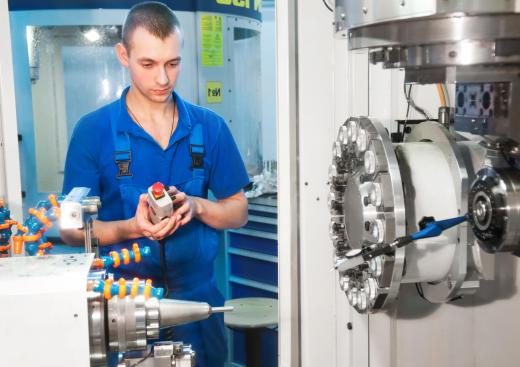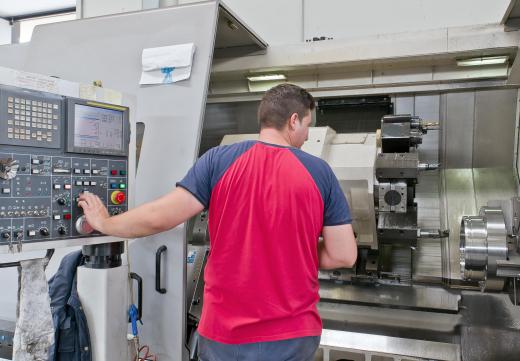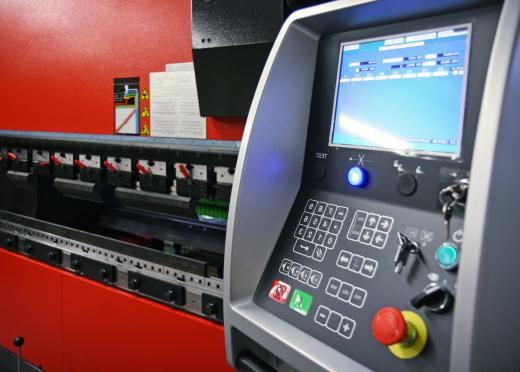A milling machine is a tool found primarily in the metalworking industry. In general, these machines are used to shape solid products by eliminating excess material in order to form a finished product. Milling machines can be used for a variety of complicated cutting operations – from slot cutting, threading, and rabbeting to routing, planing, and drilling. They are also used in diesinking, which involves shaping a steel block so that it can be used for various functions, such as molding plastics or coining.
A milling machine is usually capable of cutting a wide variety of metals, ranging from aluminum to stainless steel. Depending on the material being cut, the machine can be set to move at a faster or slower pace. Softer materials are generally milled at higher speeds while harder materials usually require slower speeds. In addition, harder materials often require smaller amounts of material to be milled off at one time.

Generally, a milling machine operator runs the machine by feeding the material over a device called a milling cutter. As the material is fed past the cutter, the cutter’s teeth slice through the material to form the desired shape. Using gadgets like precision ground slides and leadscrews, the movement of the material as well as the cutter can be kept to less than 0.001 inches (about 0.025 millimeters) in order to make the cut exact.

In addition to a cutter, a typical mill machine contains a spindle axis, which is a device that holds the cutter in place. The cutter revolves around the spindle axis, and the axis can usually be adjust to varying speeds. Most machines also come with a worktable that can be used to support and feed the material. The worktable generally moves in two directions, and most modern worktables are power-operated. Additionally, a modern milling machine is typically equipped with a self-contained electric drive motor and a coolant system.

From micro, mini, and benchtop to floor standing, large, and gigantic, a milling machine can be found in a variety of sizes. Milling machines can have flat, angular, curved, or irregular surfaces. In addition, they can have a vertical or a horizontal orientation. A vertical milling machine has a spindle axis that faces vertically while a horizontal machine’s spindle faces horizontally.
Milling machinery can be operated manually or digitally using device called a computer numerical control or CNC milling machine. In addition to the traditional X, Y, and Z axes found in a manual machine, a milling CNC machine often contains one or two additional axes. These extra axes can allow for greater flexibility and more precision. CNC machines eliminate the need for a machine operator, which can prevent possible accidents as well as save on labor costs.
